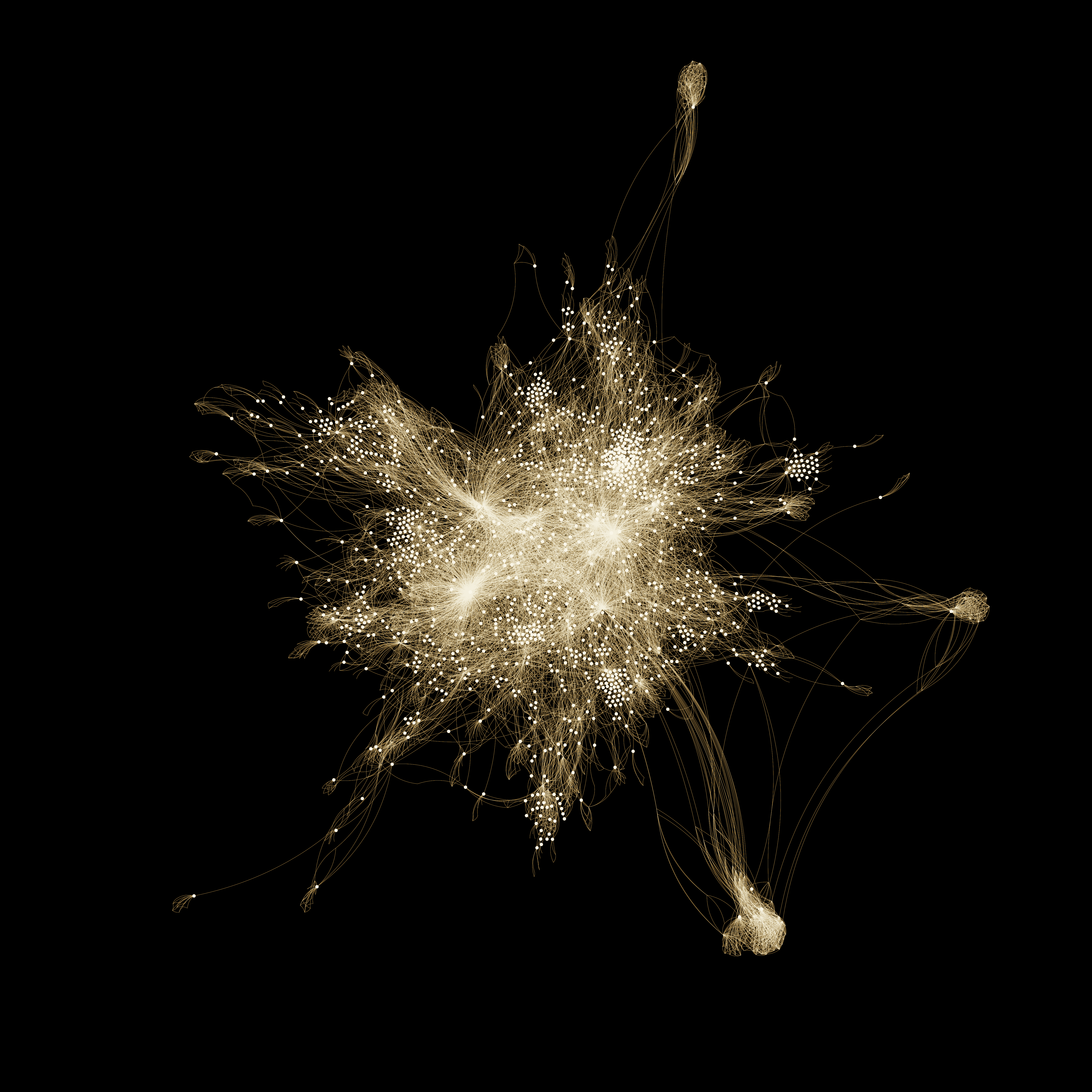foundation
elementary-number-theory
group-theory
category-theory
order-theory
synthetic-homotopy-theory
real-numbers
univalent-combinatorics
ring-theory
metric-spaces
structured-types
graph-theory
orthogonal-factorization-systems
commutative-algebra
trees
linear-algebra
globular-types
species
lists
logic
higher-group-theory
modal-type-theory
finite-group-theory
universal-algebra
complex-numbers
set-theory
reflection
analysis
finite-algebra
type-theories
domain-theory
wild-category-theory
organic-chemistry
synthetic-category-theory
literature

